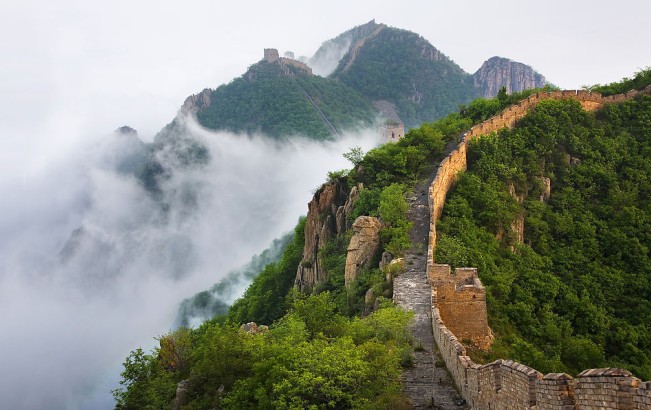The Humble Administrator’s Garden
This is an elegant classical garden situated on the waterside City of Suzhou in the Jiangsu Province of South China. It has unique design and ethereal beauty and has garnered many special honors. This is also listed as the World Cultural Heritage site and a Special Tourist Attraction of China. It is one of the most famous and classic gardens of china. It Garden was build during the Ming Dynasty in the year 1509. Initially it was a private garden of the government servant, Wang Xianchen. He used to plant trees and grow vegetables there. This garden is created with a temple and natural landscapes like small forests, rock formations and hills. It also has manmade pavilions, parlors and halls.
Lingering Garden
Lingering Garden is spread over an area of about 5.8 acres and outside Changmen Gate in Suzhou in the Jiangsu Province. It was originally a classical private garden. It is well known for the exquisite beauty of its various shape size and colors of the buildings and the magnificent halls. It is also recorded in the lost of world heritage site by UNESCO. In the Ming Dynasty, Xu Jiongging, an official from Taipu Temple build two gardens one on the east side and other on the west side. Eastern garden named as the Lingering Garden. It was later rebuild and expanded.
The summer palace
This garden is situated in the Haidian District to the northwest of the Beijing City and located at a distance of about 15 kilometers from the central Beijing. It is one of the larges and the most well preserved Royal Park of china. It influences the landscape and horticulture of china and has some famous cultural interests and natural views which are recognized as ‘The Museum of Royal Gardens’. It was built in the year 1750 during the Qing Dynasty as the luxury royal garden for the entertainment and resting. Later it became the residence of the royal members. It is ranked among the top in the UNESCO heritage sites.
The Chengde Summer Resort
This resort is the largest imperial garden which was constructed in Qing Dynasty. It is spread over 5.64 million sq. meters and almost twice as big as Summer Palace in Beijing. The theme of this Resort is collecting the scene of the world in one garden and moving the best beauty of this place and it is represented in the garden which has the combination of the grace from South China as well as grandeur of the North China. It is divided into mountain zone, Lake Zone, plain zone and palace zone each having its own beauty.
























